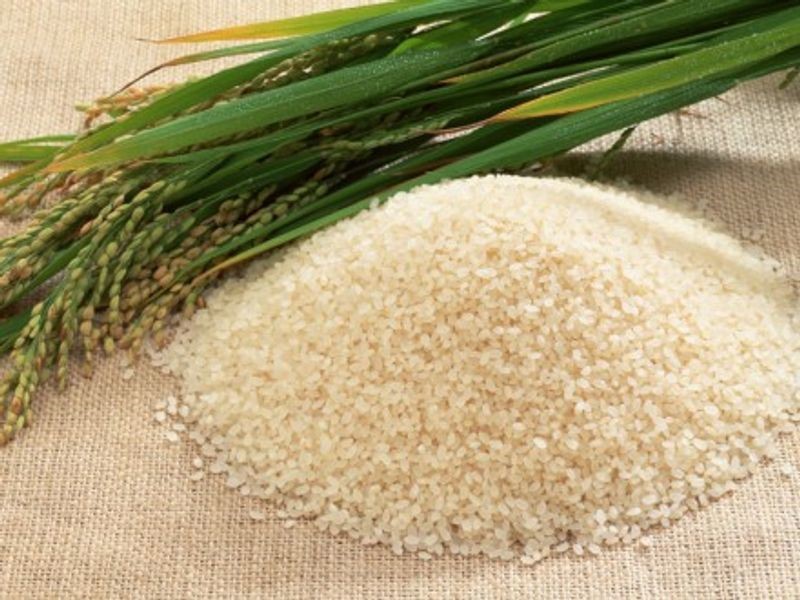Description

Disclaimer: Copyright infringement not intended.
Context
- The cultivation of mushk budiji rice in the Kashmir Himalaya has long been celebrated for its distinctive aroma and flavor.
- Recent research conducted by scientists at the Sher-e-Kashmir University of Agricultural Sciences and Technology (SKUAST), Srinagar, sheds light on the environmental factors influencing the development of this unique aroma.
Identifying Aromatic Compounds
- In a study published in Nature Scientific Reports, researchers analyzed mushk budiji rice samples collected from various altitudes ranging from 5,000 to 7,000 feet across the valley.
- Through gas chromatography-mass spectroscopy (GC-MS) and electronic nose (e-nose) analyses, they identified approximately 35 volatile organic compounds (VOCs) contributing to the rice's aroma.
Impact of Altitude and Temperature
- The study revealed that altitude and temperature significantly influence the synthesis of aroma compounds in mushk budiji rice.
- Specific aromatic compounds, such as 2-acetyl-1-pyrroline (2-AP), were found to be more prevalent at higher altitudes, particularly in districts like Budgam and Kupwara.

Conservation Efforts
- Mushk budiji rice faced the threat of extinction due to factors like rice blast disease and low yield. However, a revival program initiated by SKUAST scientists in 2007 has contributed to its gradual resurgence.
Genetic Analysis
- Researchers employed gene-expression analysis to understand how environmental factors affect the flavor profile of mushk budiji rice.
- By studying the activity of genes associated with aroma synthesis, they elucidated the genetic mechanisms underlying the rice's aroma development.
Export Potential and Economic Growth
- The study's findings hold implications for maximizing the export potential of mushk budiji rice.
- Cultivating this variety in regions where environmental conditions optimize aroma expression could enhance its market value, leading to significant economic growth in the agricultural sector.
Future Directions
- While the research offers valuable insights, further studies are needed to comprehensively understand the interplay between environmental factors and genetic mechanisms in aroma synthesis.
- Whole-sample transcriptome sequencing could provide a more comprehensive understanding of gene expression patterns and their correlation with aroma development.
.jpg)
Conclusion
- The study represents a significant step forward in unraveling the complex relationship between environmental factors and aroma development in mushk budiji rice.
- By combining scientific inquiry with conservation efforts, researchers aim to preserve and enhance the unique characteristics of this indigenous rice variety, ensuring its continued significance in the agricultural landscape of the Kashmir Himalaya.
|
PRACTICE QUESTION
Q. In which state of India is the indigenous rice variety 'mushk budiji' renowned for its distinctive aroma and unique taste cultivated?
a) Himachal Pradesh
b) Uttarakhand
c) Jammu and Kashmir
d) Sikkim
Correct Answer: c) Jammu and Kashmir
|












